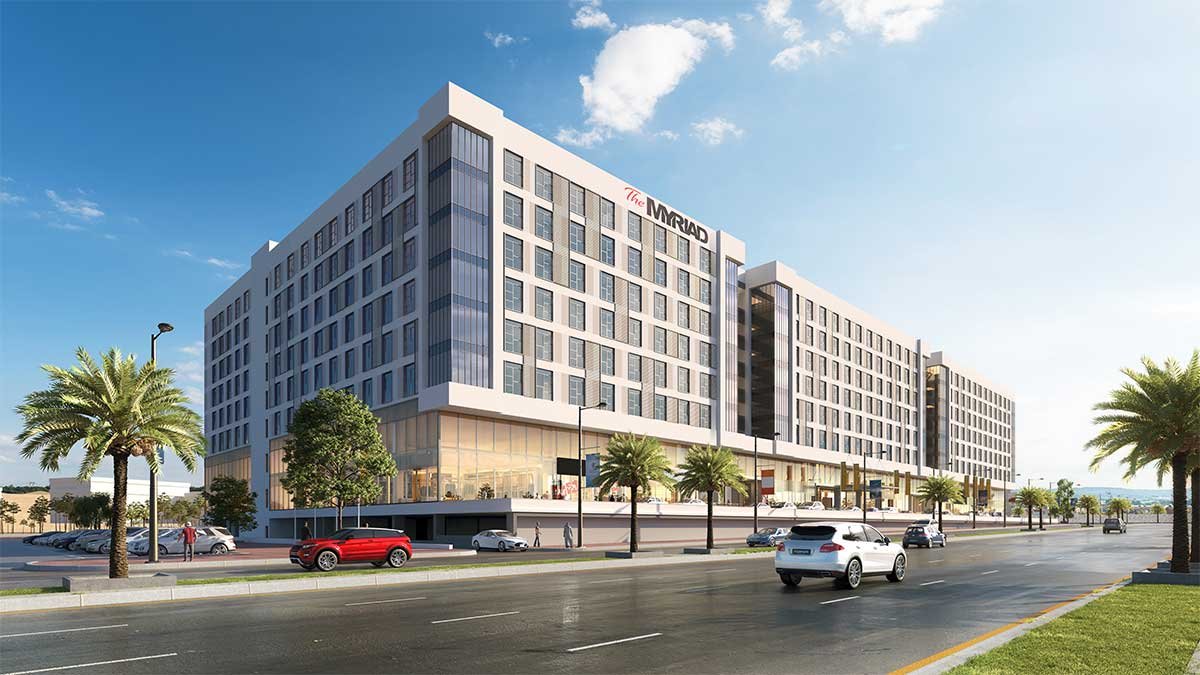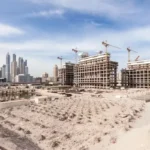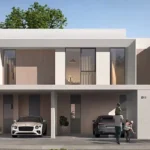Now Reading: Wellness Amenities Transform Modern Housing Projects
-
01
Wellness Amenities Transform Modern Housing Projects
Wellness Amenities Transform Modern Housing Projects
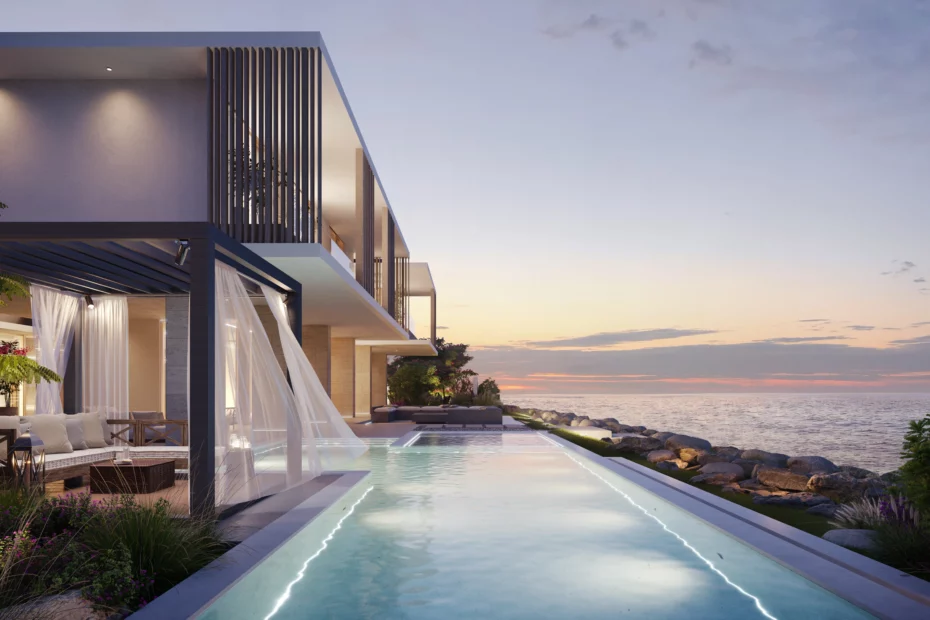
The integration of wellness amenities in housing projects is redefining residential living. Modern buyers no longer seek just a home-they want a lifestyle that supports health, relaxation, and mental well-being. Developers in the UAE and globally are responding by including wellness-focused features in new residential projects, creating spaces that nurture the body, mind, and community.
These amenities are not only lifestyle enhancers they also drive demand, differentiate developments in competitive markets, and increase property value.
What Are Wellness Amenities?
Wellness amenities are features in residential projects designed to promote physical health, mental well-being, and social interaction. Common examples include:
- Fitness Facilities: Gyms, yoga studios, swimming pools, and running tracks.
- Green Spaces: Parks, community gardens, and landscaped areas for relaxation.
- Mindfulness and Meditation Zones: Quiet spaces to reduce stress and improve focus.
- Health-Oriented Services: Spa facilities, wellness clinics, and nutrition centers.
- Active Living Infrastructure: Bicycle paths, pedestrian-friendly walkways, and outdoor exercise stations.
By integrating these features, developers create homes that cater to holistic lifestyles rather than just shelter.
Why Wellness Amenities Matter
Several factors explain the growing demand for wellness amenities in housing projects:
- Health-Conscious Buyers: Increasing awareness of physical and mental health drives lifestyle-oriented choices.
- Urban Stress Relief: Wellness-focused communities provide an escape from city pressures.
- Community Engagement: Shared wellness spaces encourage interaction and social connection.
- Property Value Enhancement: Amenities increase market appeal and can justify premium pricing.
- Sustainability Alignment: Green spaces and active living infrastructure support environmental and lifestyle goals.
These factors make wellness amenities a strategic investment for developers.
Case Studies in the UAE
Dubai Hills Estate
This development integrates jogging tracks, fitness parks, cycling trails, and wellness centers, appealing to families and young professionals seeking an active lifestyle.
The Sustainable City, Dubai
A pioneer in green living, it combines parks, walking paths, and wellness facilities with sustainable housing, creating a balanced and healthy community environment.
Al Raha Beach, Abu Dhabi
Residential projects here feature gyms, swimming pools, and landscaped outdoor areas, emphasizing relaxation, recreation, and community engagement.
Benefits for Residents and Developers
For Residents:
- Improved physical and mental health.
- Access to social and recreational activities.
- Lifestyle convenience with wellness services on-site.
- Enhanced quality of life in urban environments.
For Developers and Investors:
- Stronger demand and faster property sales.
- Higher rental yields due to premium amenities.
- Differentiation in a competitive real estate market.
- Reputation as a lifestyle-focused, innovative developer.
Challenges in Implementing Wellness Amenities
While wellness amenities add value, developers must navigate certain challenges:
- Higher Construction Costs: Facilities such as gyms, pools, and green spaces require additional investment.
- Maintenance and Operations: Regular upkeep is essential to maintain quality and appeal.
- Space Constraints: Integrating wellness facilities in high-density developments can be challenging.
- Market Awareness: Educating buyers about the value of wellness-focused living is important.
Developers who successfully balance cost, design, and functionality can create highly desirable communities.
Future Trends in Wellness-Focused Housing
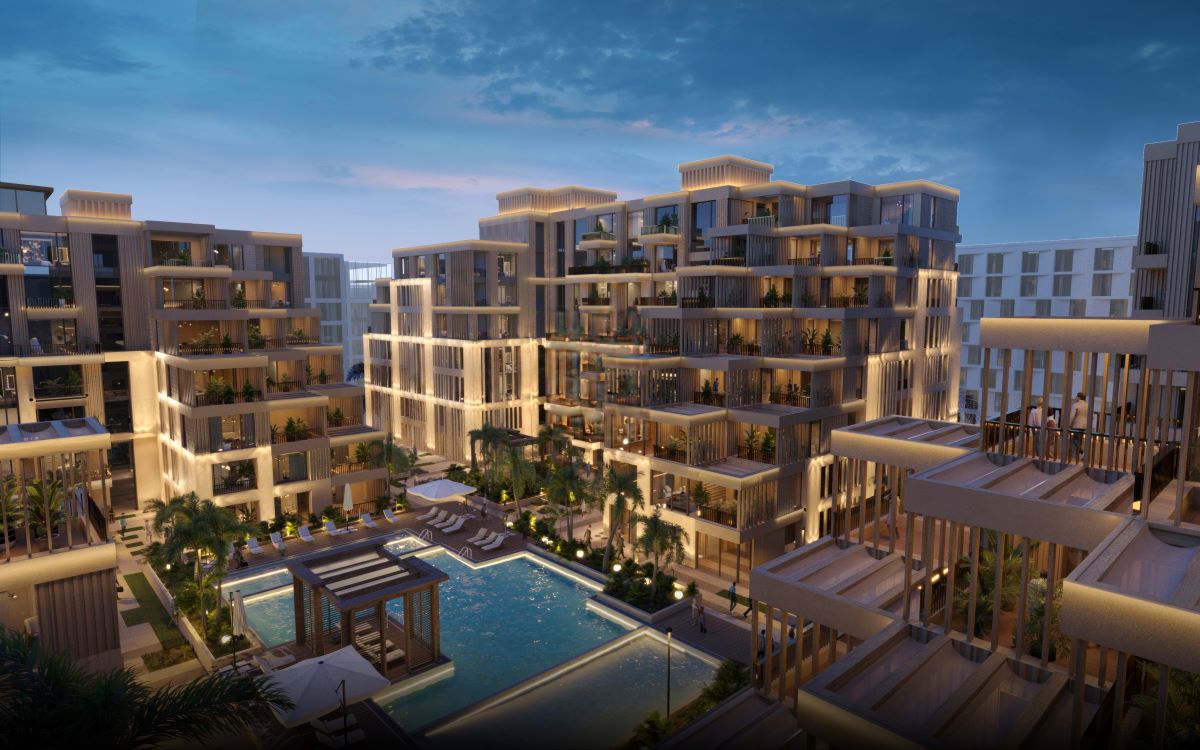
The role of wellness amenities in housing projects is expected to grow with the following trends:
- Integration of Technology: Smart home systems, health-monitoring apps, and AI-powered fitness solutions.
- Holistic Lifestyle Communities: Combining wellness, sustainability, and social engagement in one environment.
- Personalized Wellness Spaces: Tailored fitness, meditation, and relaxation zones for diverse demographics.
- Health-Driven Investment: Growing demand from investors prioritizing sustainable, health-oriented developments.
- Work-Life Balance Solutions: Incorporating co-working spaces and wellness areas for remote workers.
As residents increasingly prioritize health and lifestyle, wellness-focused developments will dominate premium real estate segments.
Conclusion
The rise of wellness amenities in housing projects represents a shift from traditional residential design toward holistic, lifestyle-driven communities. By integrating fitness facilities, green spaces, and wellness services, developers create homes that promote health, social connection, and long-term satisfaction.
For residents, these communities offer a higher quality of life. For developers and investors, wellness amenities enhance property value, attract discerning buyers, and provide a competitive edge in the real estate market.
Follow us on: Instagram
Read More:Dubai Climate Goals Reshape Real Estate Development



